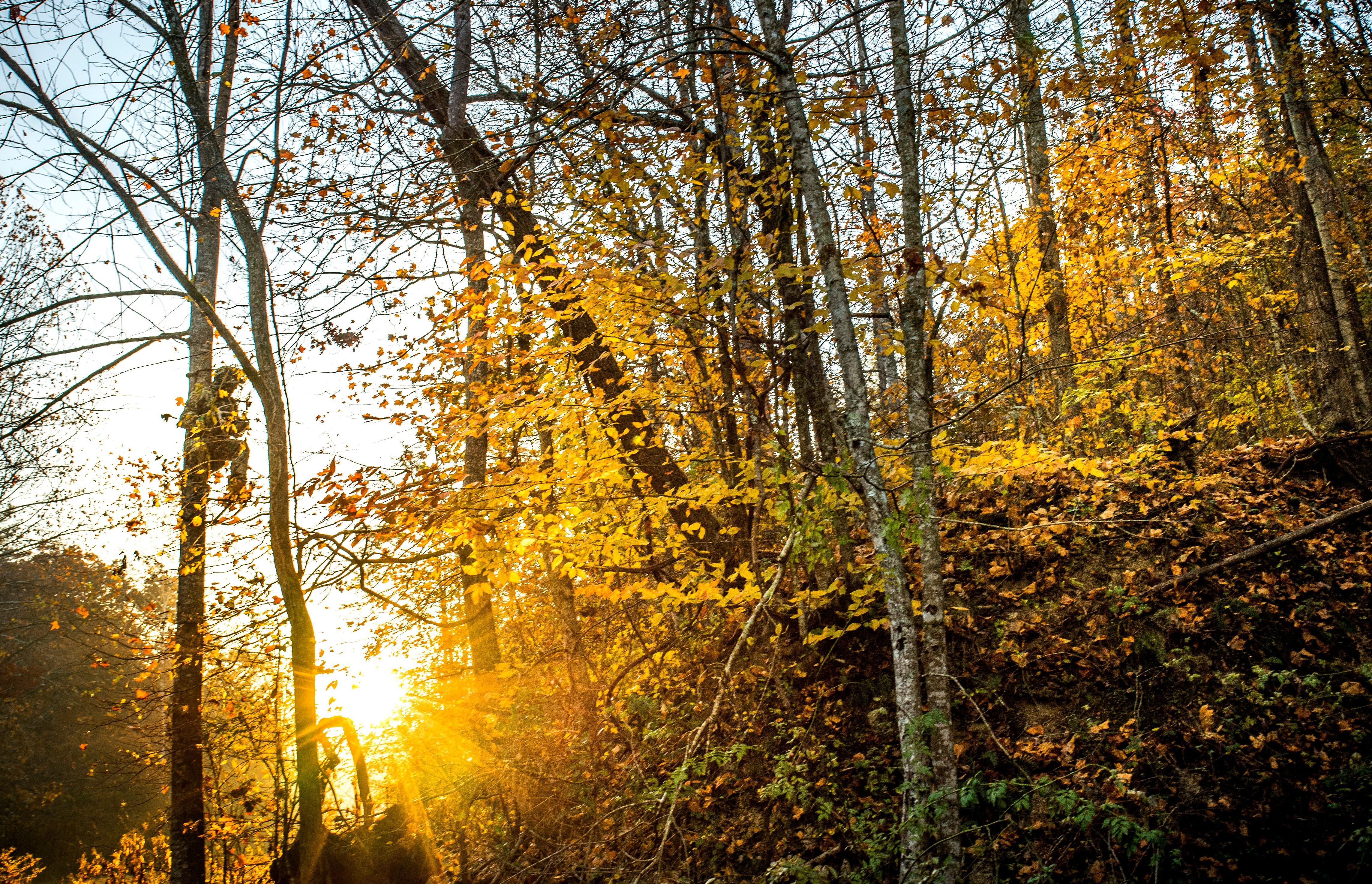Sleeping in during the early season is popular these days. But that doesn't mean it's always the best plan for tagging a buck

Under the right circumstances, hunting mornings during the early season can pay off. age by Bill Konway
In my travels through the years, I’ve run into quite a few bowhunters who do not — and will not — hunt mornings during the early deer season. Their thinking is actually pretty sound.
First, it’s less risky and easiest to hang and access tree stands near crop fields and plots in the afternoons. In morning darkness, it’s tough to sneak back to stands near a bedding area without bumping deer that are already home and tucked in after a night of feeding. Why risk spooking a buck in the pre-dawn when your odds are better of seeing him and getting a shot in the afternoon?
Most all of the anti-morning folks I know are landowners or well-off folks with plenty of private ground to hunt and plenty of free time to hunt it. They are good, dedicated bowhunters who have the luxury to go most every day during a three-month season. They figure, “Why push it when I can wait weeks or a month for cooler weather and the rut when bucks will move better?”
Well, I don’t have that kind of flexibility, and most of you don’t, either. We hunt when we can, and we need to maximize our time in a stand. Hunting the mornings and afternoons these next few weeks will double our chances of success.
How Deer Are Moving Now
In an Oklahoma study, researchers fitted bucks with GPS collars and monitored their movements. The scientists found that in late summer and into early fall, before the onset of the pre-rut, bucks stick to home ranges of only 300 to 400 acres on average. Inside there, the deer exhibit a complex maze of travel, taking many short-distance trips and frequently circling, backtracking and changing directions as they move to and from feeding areas and back to bed in nearby woods and thickets.
Morning Option
Use that science to open up a good morning option. Drive to your hunting property one day soon around lunchtime, when deer are inactive and bedded. Pull up your spot on an app such as onX, study the lay of the land, pinpoint fields and plots where deer will likely come to feed, and then retreat to bedding areas back in the nearby cover.
Spray your boots and clothes heavily with scent killer, and pack a portable tree stand on your back. Get the wind in your favor, and sneak slowly and carefully toward a travel corridor between where you suspect deer feed and bed. Remember the science: A buck is likely living within 400 acres or so of there, and moving short, choppy distances each day.
Look closely for fresh rubs, tracks and overturned leaves and dirt. Upon spotting the first cluster of hot sign, stop right there. If you probe any deeper, you’re almost sure to bump deer. Start looking around on the fringe of this core area for a terrain feature (such as a ditch or water crossing) on which to set a tree stand. Hang a portable stand as quietly as you can. If you find a straight tree and can use a climber, all the better. Get your stand set, drop a pin, and get the heck out of there. As you sneak out, note and flag the easiest and quietest path to return to the stand in the dark.
The next morning, if the wind is right, slip in the back door to your stand at least an hour before dawn. Hunting on the fringe of a buck’s core area, you have at least a fighting chance of him (or another buck) wandering within bow range as he circles or backtracks en route to his bedding area. While other folks are sleeping in and waiting for the afternoon hunt, you might just score big at sunup.
Don’t Miss: 81 WAYS TO FAIL AT DEER HUNTING










